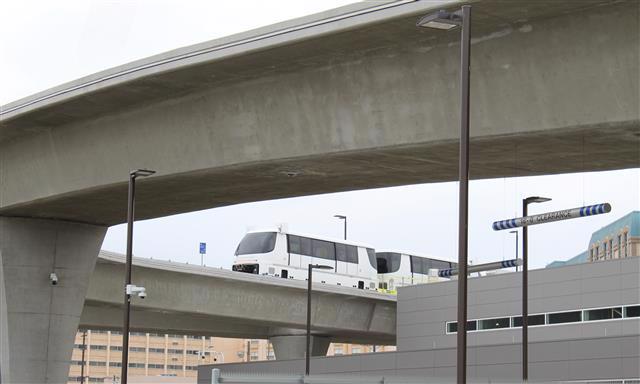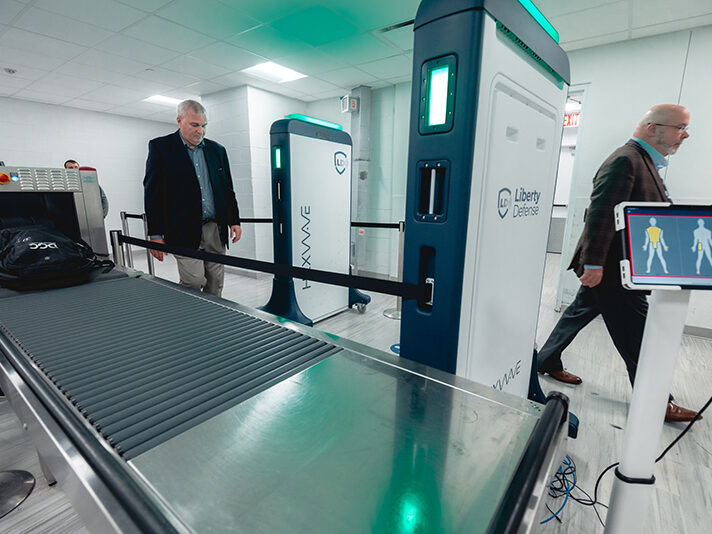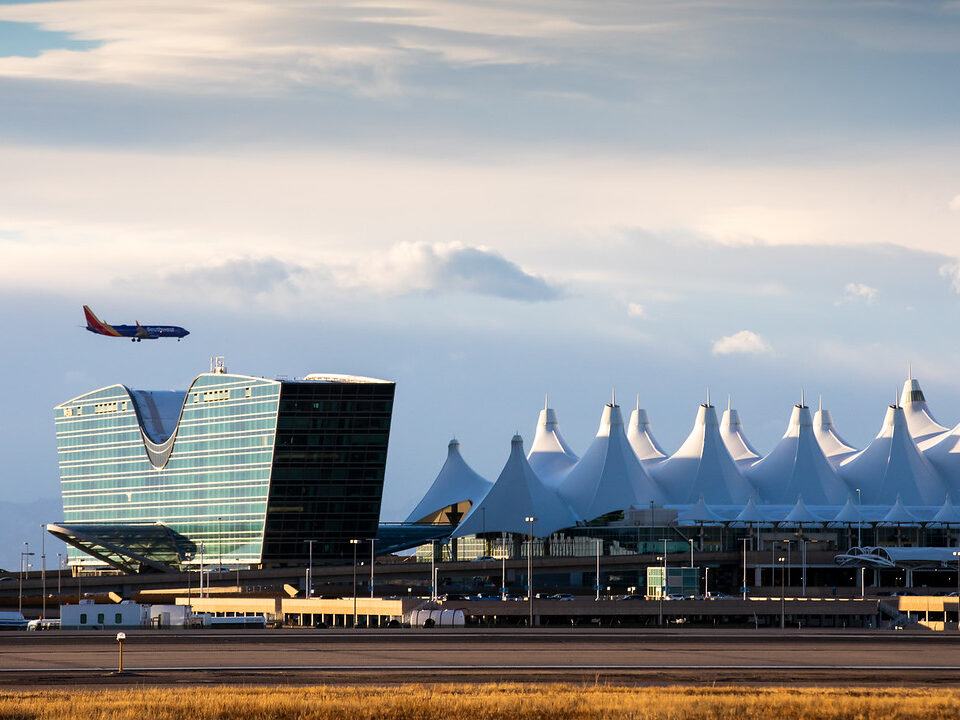The new automated people mover (APM) at Los Angeles International Airport (LAX) is expected to commence passenger service in January 2026.
The Los Angeles Board of Airports Commissioners has approved an agreement, setting a construction completion date for the project of 8 December 2025.
The train will then start operations for guests and employees in January, with trains arriving at stations every 2 minutes during peak hours.

The new APM system will be available to ticketed passengers, guests and airport employees for free. It is expected to carry 30 million passengers a year, resulting in an estimated 42 million fewer vehicle miles annually.
Los Angeles Mayor Karen Bass said:This project is going to reduce traffic on our freeways and our local streets while bringing good paying union jobs to Los Angeles. This train will make a direct connection to the Metro system to ensure LAX welcomes Angelenos and visitors from across the globe in a truly world-class way.
LAX’s new train will run on 2.25 miles of elevated guideway. It will connect to six stations, three of which will be inside the Central Terminal Area. In addition, it will connect travellers to LAX’s Economy Parking facility, Metro’s LAX/Metro Transit Center station with transfers to the C and K lines, and LAX’s Consolidated Rent-A-Car facility.
The route will have a total end-to-end travel time of 10 minutes with a top speed of 47 miles per hour.
John Ackerman, CEO of Los Angeles World Airports said:LAX’s train will make life better for millions of people year after year. This is a critical step in our transformation of LAX to make it more welcoming, convenient and sustainable, and to enhance the airport as an economic engine for our region. Completing this program with certainty is a top priority of LAX leadership, and this agreement does just that.
The construction completion date has been set as part of an agreement with the train’s developer, LAX Integrated Express Solutions (LINXS).
It also states that LINXS will be paid an additional 550 million USD for the project’s delivery to cover extra work dating back to August 2018 and a longer construction timeline.












